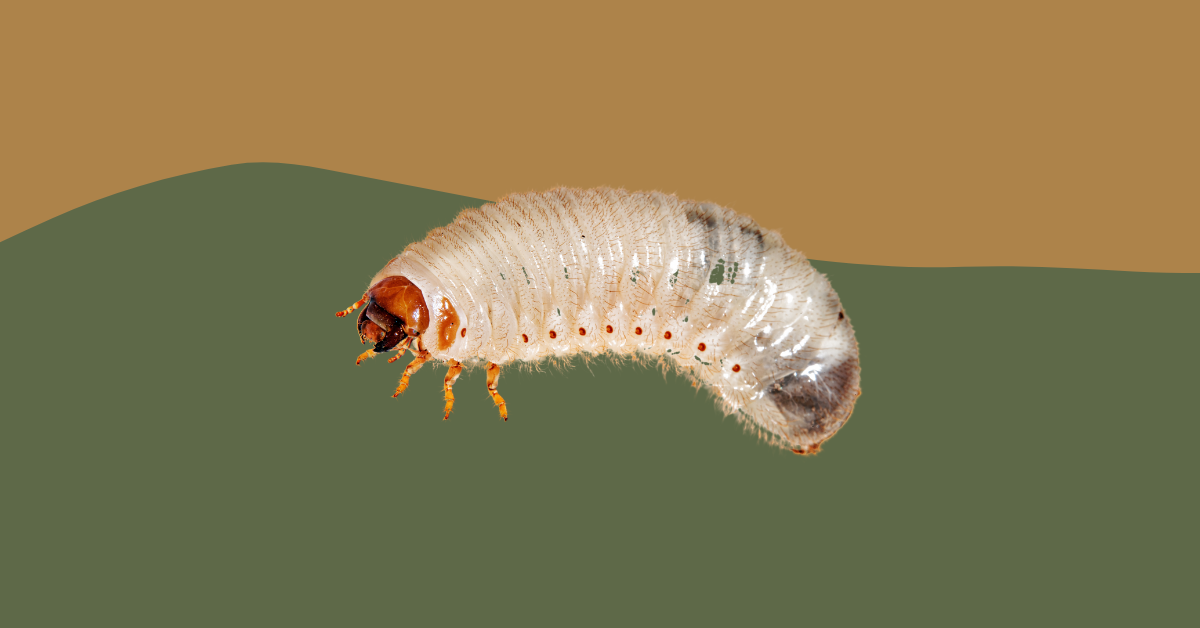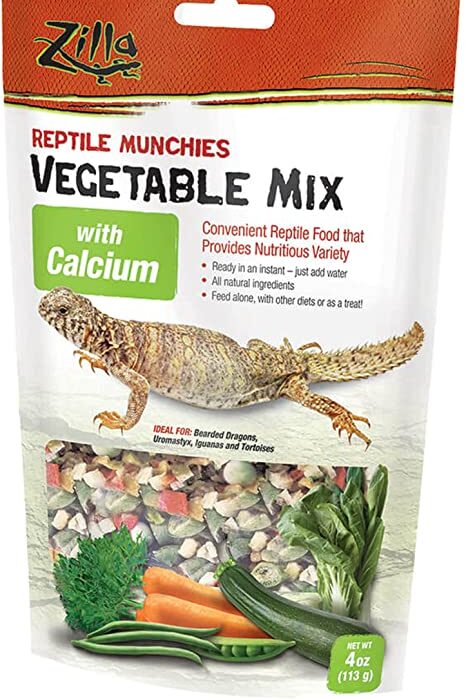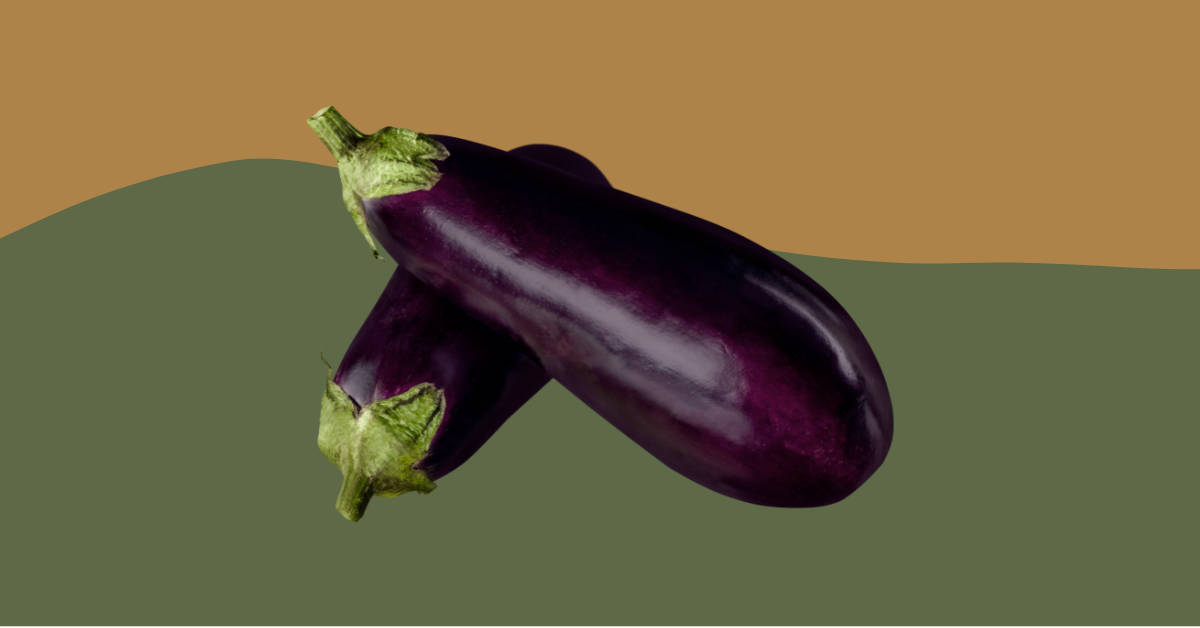Yes, bearded dragons can safely consume grubs as a nutritious part of their diet. Grubs provide essential proteins and fats, which are beneficial for bearded dragons’ growth and overall health.
Table of contents
As omnivores, they require a varied diet to meet their nutritional needs. In this article, we will discuss the role of grubs in bearded dragons’ diet, provide a list of dos and don’ts, best practices, a step-by-step preparation guide, and answer frequently asked questions.
Related Article: Bearded Dragon Care: Expert Tips and Insights
Do’s
- Ensure the grubs are pesticide-free: Always choose organic, pesticide-free grubs to avoid potentially harmful chemicals. Purchase from a reliable source or pet store to ensure their safety.
- Vary their diet: Include a mix of insects, vegetables, and fruits in your bearded dragon’s diet. Grubs should not be the only source of protein.
- Gut-load the grubs: Feed the grubs a nutritious diet for 24 hours before offering them to your bearded dragon. This process, known as gut-loading, enhances the nutritional value of the grubs.
- Dust with calcium and vitamins: Coat the grubs with calcium and vitamin D3 supplements to ensure a balanced diet.
Don’ts
- Don’t overfeed: Overfeeding grubs can lead to obesity and other health issues. Offer grubs as a treat or in moderation.
- Don’t offer wild-caught grubs: Wild grubs may carry parasites or diseases that can harm your bearded dragon. Always purchase grubs from a reputable source.
Best Practices for Feeding Grubs to Bearded Dragons
Following best practices when feeding your bearded dragon will ensure their safety and overall health. Here are some best practices to keep in mind:
- Age-appropriate feeding: Younger bearded dragons require more protein for growth, while adults need less. Adjust the frequency and quantity of grubs fed to your bearded dragon based on their age and developmental stage.
- Grub size matters: Choose grubs that are no larger than the space between your bearded dragon’s eyes. This rule of thumb helps prevent choking and digestive issues.
- Hydration: Make sure your bearded dragon has access to fresh water at all times. Proper hydration aids in digestion and overall health.
- Safe feeding environment: Remove any obstacles in the enclosure that may cause injury during feeding. Bearded dragons can become enthusiastic eaters, and a clear space ensures their safety.
- Monitor temperature and lighting: Bearded dragons require appropriate temperature gradients and UVB lighting for proper digestion and overall health. Ensure the enclosure has a warm basking area (95-110°F) and a cooler area (75-85°F), along with a UVB light source.
- Observe your bearded dragon’s behavior: Watch for any changes in your bearded dragon’s behavior or appetite during and after feeding grubs. If you notice any issues, consult a reptile veterinarian.
- Regular health check-ups: Schedule routine veterinary check-ups to monitor your bearded dragon’s overall health and well-being, and to detect any potential health issues early.
- Educate yourself on bearded dragon nutrition: Continuously learn about bearded dragon nutrition and dietary requirements to provide the best possible care for your pet.
Related Article: Bearded Dragon Feeding Guide: Nutrition Tips
Step-by-Step Guide to Preparing Grubs for Your Bearded Dragon
Step 1
Purchase grubs from a reliable source: Make sure you buy organic, pesticide-free grubs from a reputable pet store or supplier.
Step 2
Gut-load the grubs: Feed the grubs a nutritious diet for 24 hours before offering them to your bearded dragon.
Step 3
Dust the grubs with supplements: Coat the grubs with calcium and vitamin D3 powder to provide a balanced diet.
Step 4
Serve in a shallow dish: Place the grubs in a shallow dish to make it easy for your bearded dragon to catch and eat them.
Step 5
Monitor consumption: Keep an eye on your bearded dragon to ensure they are eating the grubs and not experiencing any digestive issues.
Need Recommendations?
Here’s Our Top Amazon Picks
You may also like 📖
Frequently Asked Questions
How often should I feed my bearded dragon grubs?
Feed grubs to adult bearded dragons once or twice a week. Juveniles can be fed grubs more frequently, up to four times a week.
What nutritional benefits do grubs offer to bearded dragons?
Grubs are an excellent source of protein, essential fats, and other nutrients such as calcium, phosphorus, and vitamins. They contribute to the overall health and growth of your bearded dragon.
Can I feed my bearded dragon grubs from my garden?
It is not recommended to feed wild-caught grubs to your bearded dragon, as they may carry parasites, diseases, or contain harmful pesticides.
Can I breed grubs at home to feed my bearded dragon?
Yes, you can breed grubs at home to feed your bearded dragon, provided you maintain a clean and controlled environment. This ensures the grubs are free from pesticides, parasites, and diseases. Breeding grubs also allows you to gut-load them easily, enhancing their nutritional value.
What should I feed the grubs before offering them to my bearded dragon?
Grubs should be gut-loaded with a mix of fruits, vegetables, and grains to provide a well-rounded diet. This can include apples, carrots, leafy greens, and oats. Gut-loading the grubs for 24 hours before feeding them to your bearded dragon enhances their nutritional value.
How do I know if my bearded dragon is allergic to or intolerant of grubs?
Allergic reactions or intolerances in bearded dragons are rare but possible. Monitor your bearded dragon after feeding grubs for any signs of distress, such as excessive scratching, skin inflammation, or labored breathing. If you suspect an allergy or intolerance, consult your reptile veterinarian.
How many grubs should I feed my bearded dragon in one feeding?
The number of grubs to feed your bearded dragon depends on their size and age. Juvenile bearded dragons can eat 5-10 small grubs per feeding, while adult bearded dragons can consume 3-5 larger grubs.
Conclusion and final thoughts 💭
Feeding grubs to your bearded dragon can be a nutritious addition to their diet, providing essential proteins and fats. By following the dos and don’ts, best practices, and our step-by-step preparation guide, you can ensure your bearded dragon receives a well-balanced and varied diet.
Always remember to gut-load and dust grubs with supplements and monitor your bearded dragon’s overall health and weight. With proper care, your bearded dragon will thrive and live a healthy life.
Looking for more? Here’s our roadmap:
General Bearded Dragon Pet Owners Guide
Bearded dragons are native to the arid regions of Australia and are known for their unique beard-like appearance. As pets, they have become increasingly popular due to their friendly and inquisitive nature, making them an ideal choice for reptile enthusiasts. Bearded dragons are diurnal, meaning they are active during the day, and their average lifespan ranges from 8 to 12 years, with proper care. When considering adopting a bearded dragon, it’s essential to be prepared for a long-term commitment and be well-informed about their care requirements.
One of the most crucial aspects of bearded dragon care is providing an appropriate enclosure. Adult bearded dragons thrive best in a 20 to 50-gallon tank, but a larger enclosure is always better. It’s important to always keep the tank clean. The tank should have a basking area with a temperature range of 95-110 degrees Fahrenheit, as well as a cooler area with a temperature between 75-85 degrees Fahrenheit. In addition, bearded dragons need access to UVB lighting to help them synthesize vitamin D3 and properly metabolize calcium, which is vital for their bone health.
A balanced diet is essential for a healthy bearded dragon. Their dietary requirements change throughout their life stages; juvenile bearded dragons need a higher protein intake, with insects making up around 80% of their diet and the remaining 20% consisting of vegetables and fruits. As they grow into adults, their diet should consist of approximately 20% insects and 80% vegetables and fruits. It’s important to offer a variety of food items to ensure they receive all the necessary nutrients, and to dust their food with calcium and multivitamin supplements as recommended by a reptile specialist or veterinarian.
Regular interaction and observation of your bearded dragon are vital for maintaining their well-being. Handling your pet gently and frequently can help build trust and strengthen your bond. Monitor your bearded dragon’s behavior, appetite, and overall health to detect any potential issues early on. If you notice any signs of illness, such as lethargy, loss of appetite, or irregular bowel movements, consult a reptile specialist or veterinarian for guidance. Proper care, feeding, and attention will ensure your bearded dragon remains a happy and healthy companion for years to come.







Leave a Reply